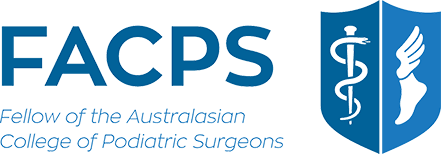Restoring Ankle Function
Restoring Ankle Function: Surgical Treatments for Ankle Injuries and Instability
Ankle injuries are a common occurrence, and they can range from mild sprains to severe fractures. If left untreated, ankle injuries can lead to chronic ankle instability, a condition where the ankle is prone to giving way or twisting, even during normal activities. In severe cases, surgery may be necessary to treat ankle injuries and instability.
There are several surgical options for treating ankle injuries and instability. The type of surgery recommended will depend on the severity and nature of the injury, as well as the patient's age, activity level, and overall health.
At all times, the primary objective of ankle surgery is to restore function as best as possible. Where possible, this is achieved by undertaking an anatomical repair to reconstruct ankle ligaments. This type of surgery is often recommended for patients with chronic ankle instability or severe ankle sprains.
The benefits of ankle ligament reconstruction include improved stability, reduced pain, and a faster return to normal activities.
Recovery and rehabilitation following ankle surgery are critical for a successful outcome. Patients will need to follow a rehabilitation program that includes formalised physiotherapy, with exercises to improve ankle strength and flexibility, in order to gradually increase their activity level.
If you are experiencing ankle pain or instability, you may want to consider booking a consultation with one of our Surgeons at MJ Taranto Foot and Ankle Podiatric Surgeons, who can evaluate your condition and recommend the best course of treatment. With the right treatment, you can regain ankle function and return to the activities you love. Give us a call on 9250 1676 or click the link to book online.



